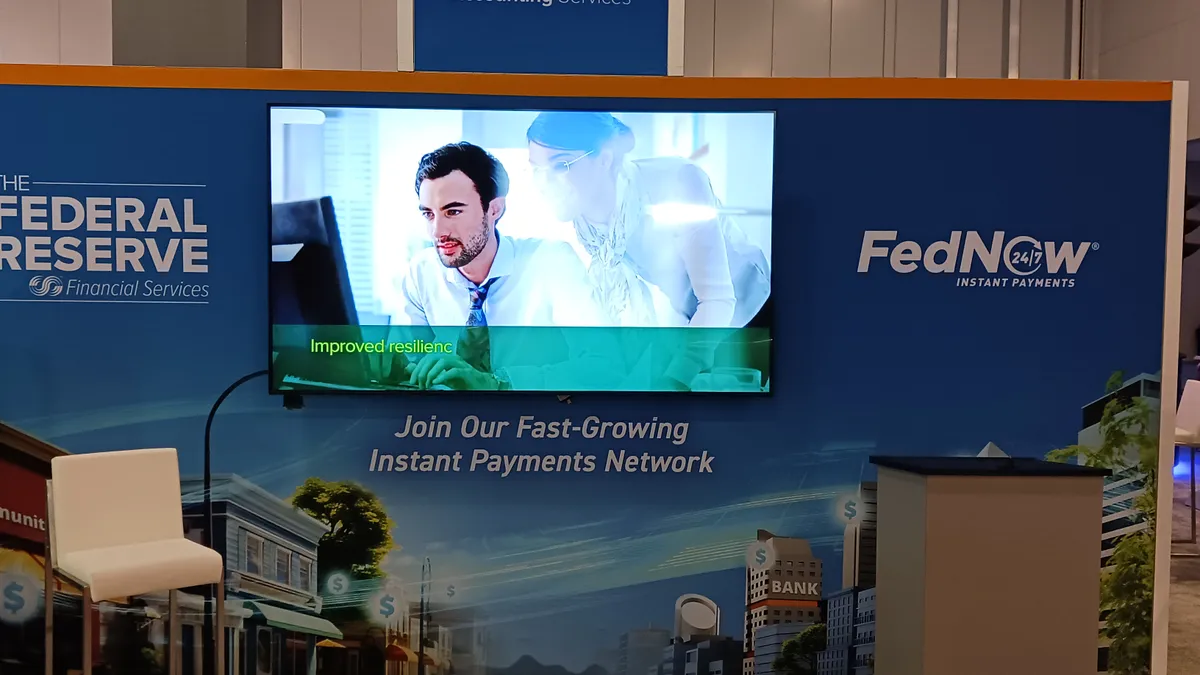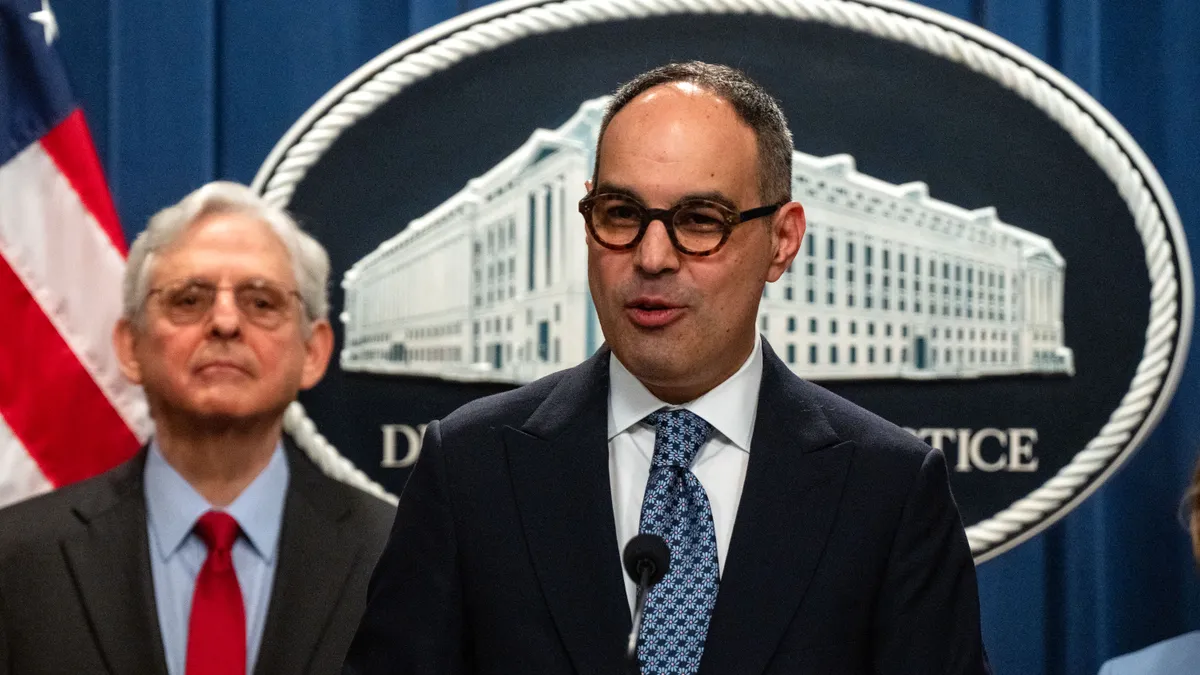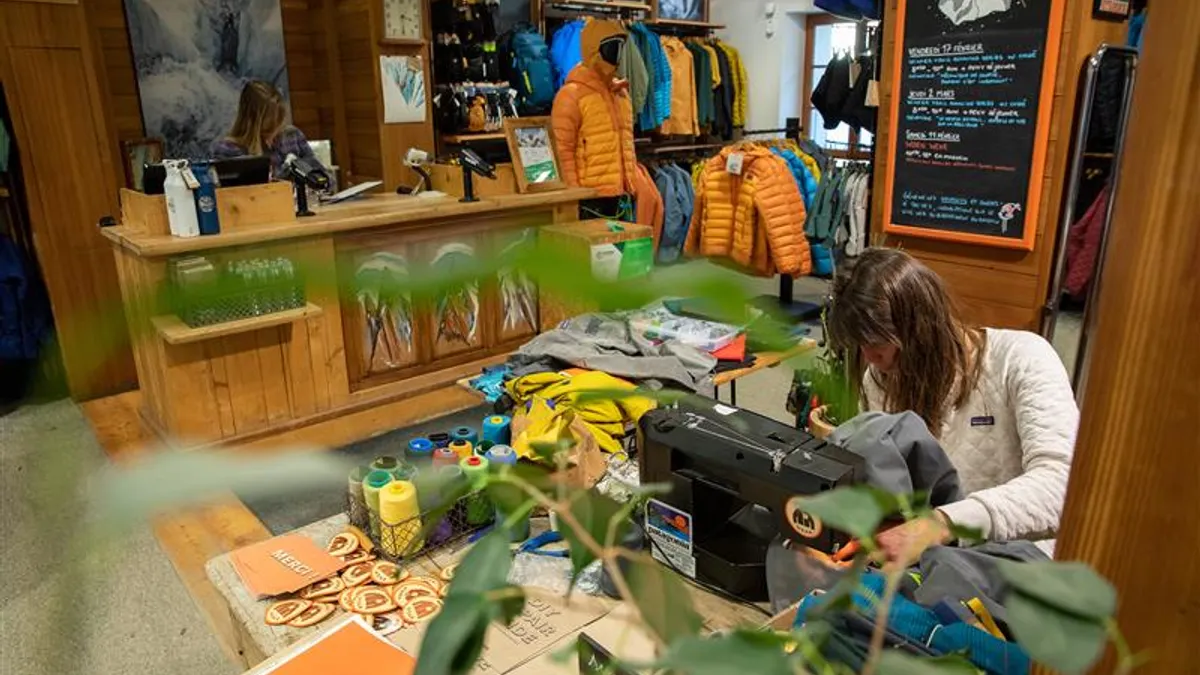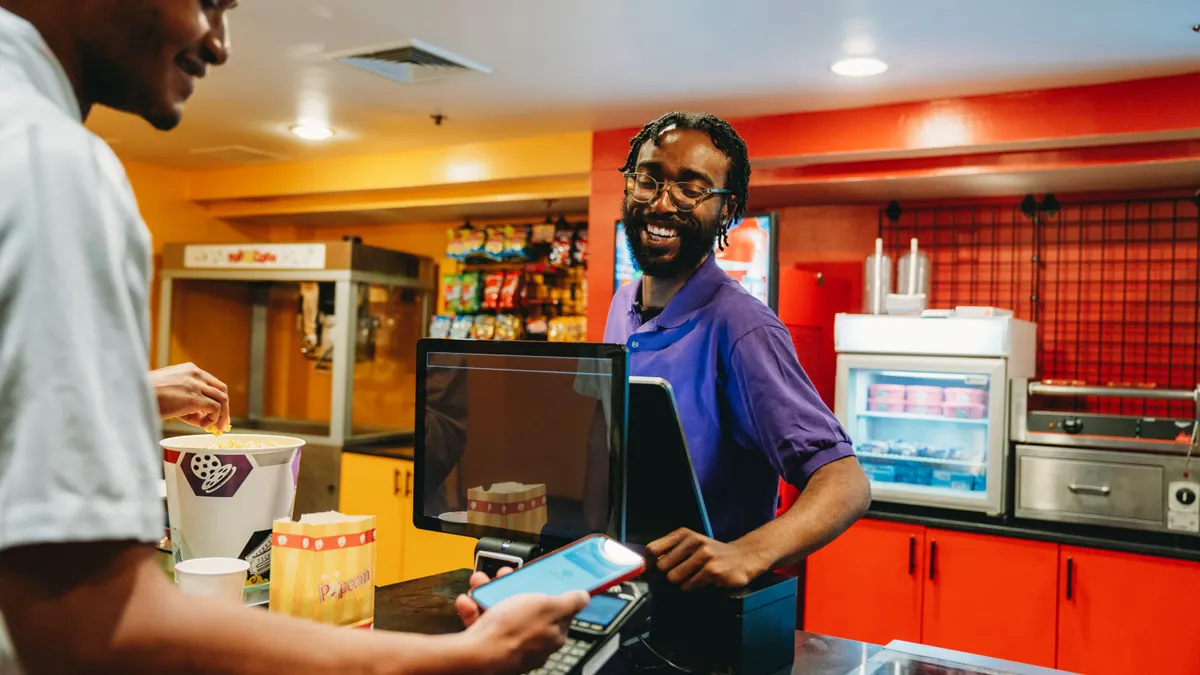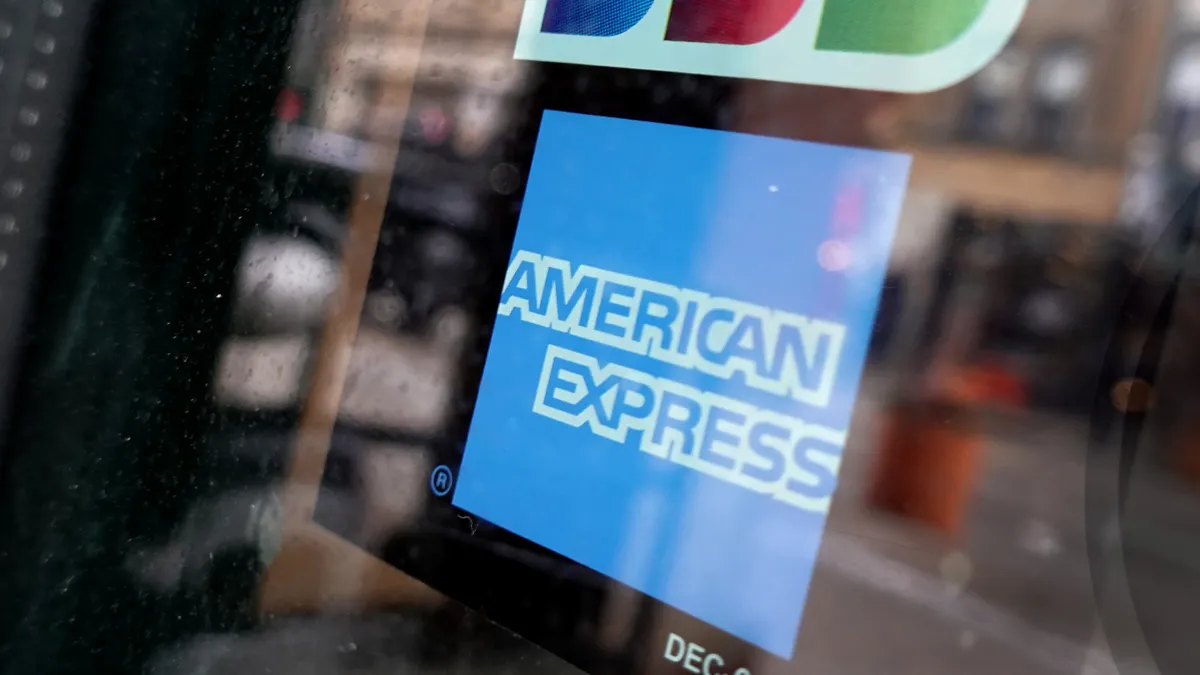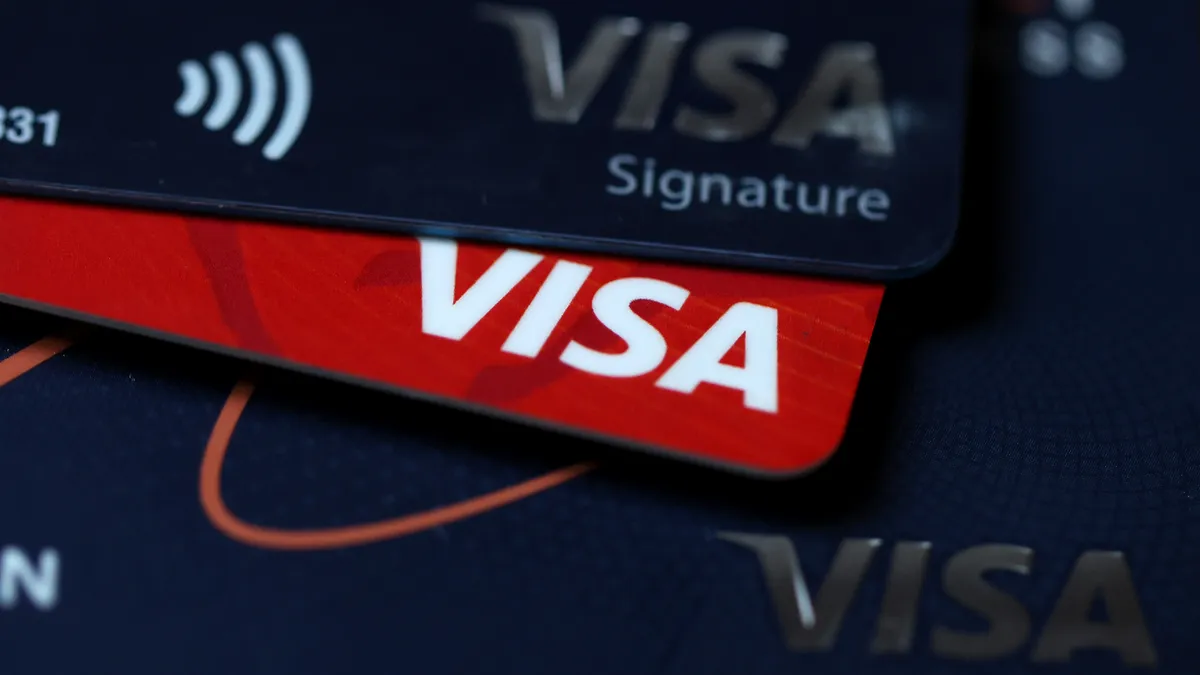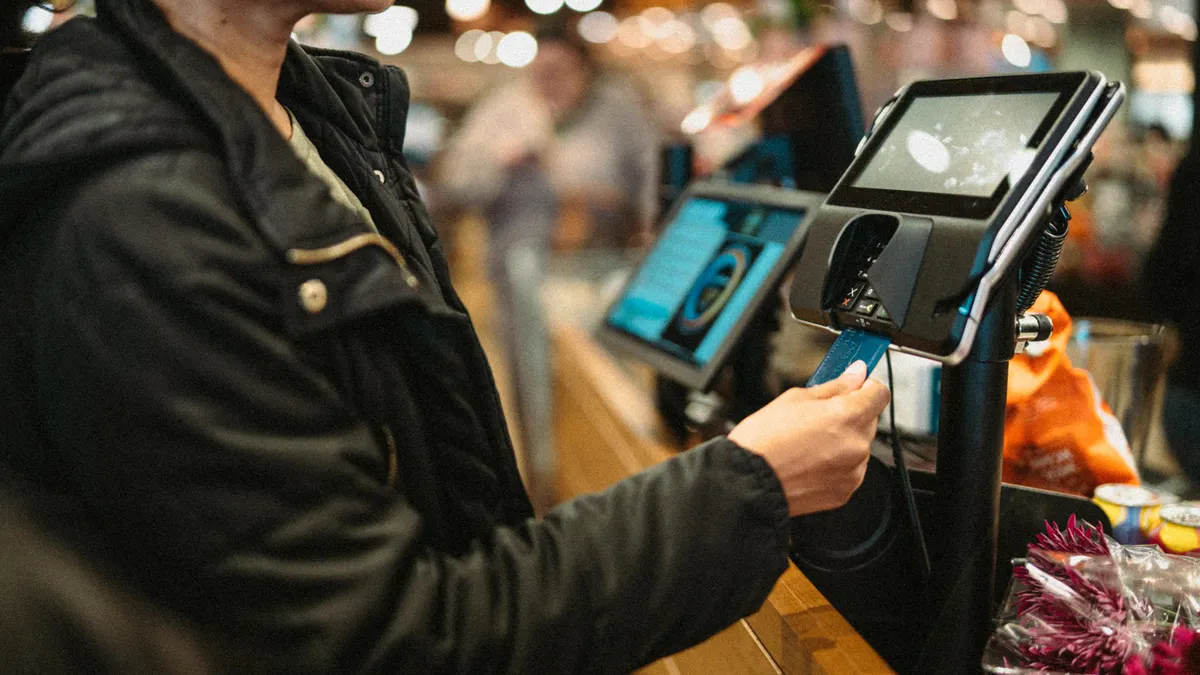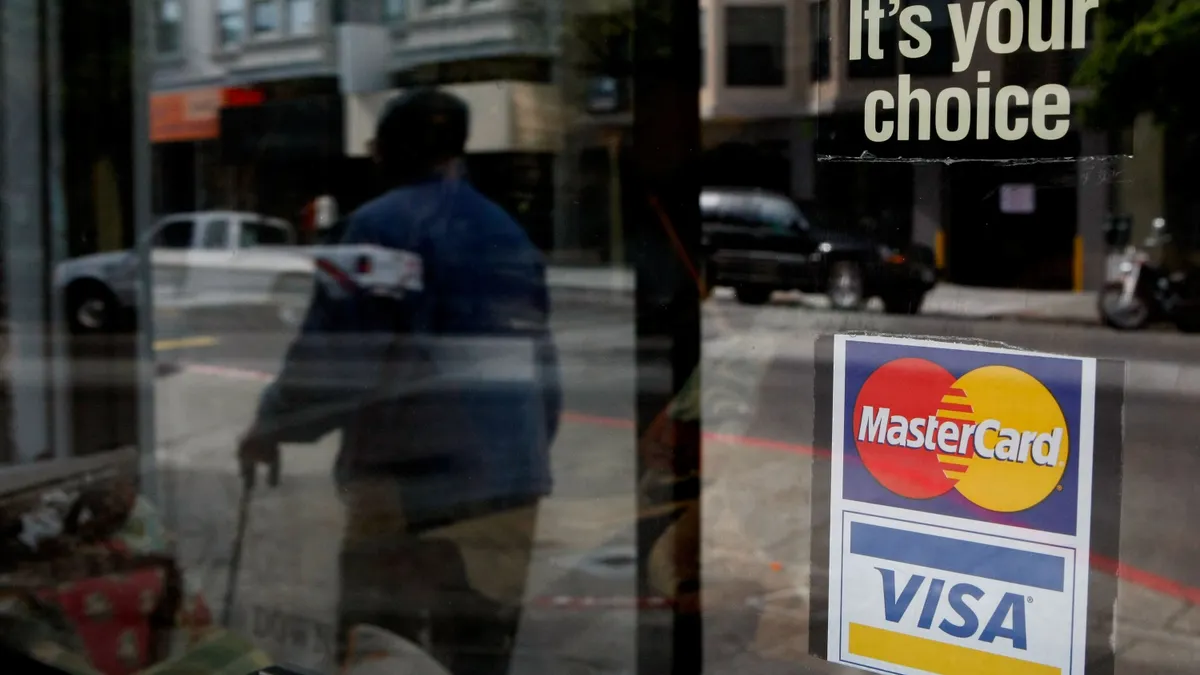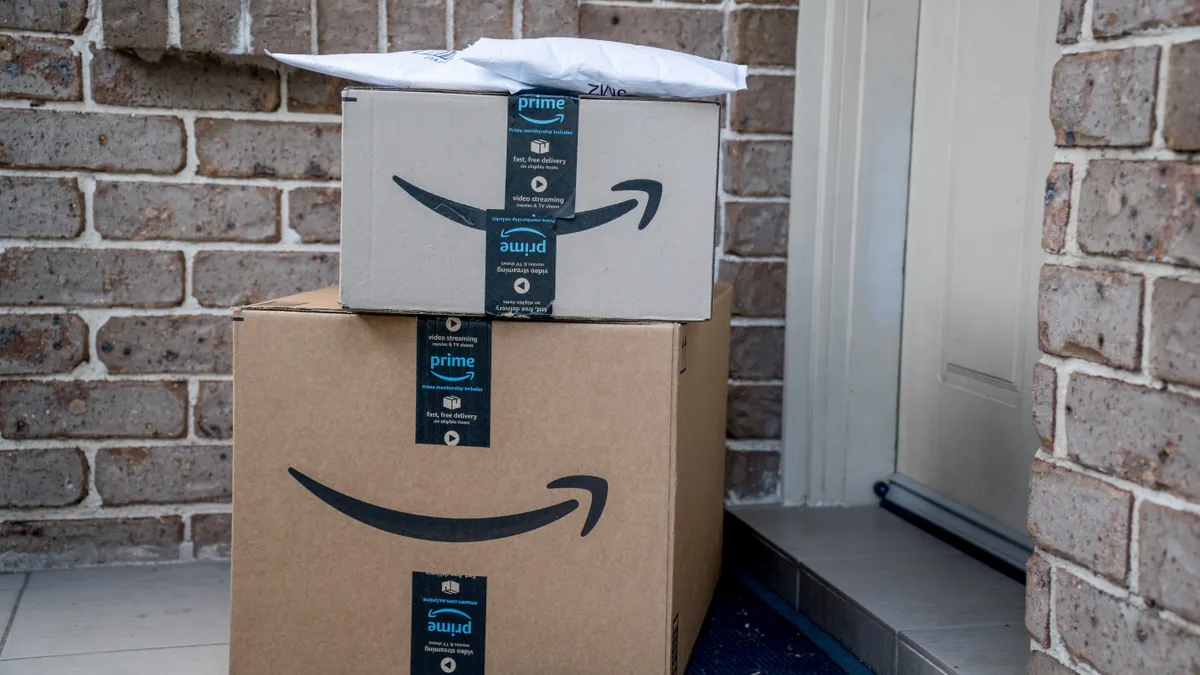The Federal Reserve may want its new FedNow instant payments system to mirror the success of real-time schemes in Brazil and India, but it’s likely to take much longer to achieve a similar level of adoption.
Brazil’s Pix and India’s United Payments Interface quickly came to dominate those countries’ transactions, partly because they were designed to be more than just payments systems; the goal was to provide widespread financial access to their unbanked populations.
As of the end of April, about 71% of Brazilians, equal to about 154 million people, had used Pix at least once, just four years after it was launched in 2020, according to statistics from the country’s central bank. That was an increase from 56% of the population, or about 120.7 million users, at the end of May 2022.
In India, nearly $236 billion worth of transactions flowed over UPI in April, up about 70% from $169 billion a year earlier, according to the National Payments Corporation of India, which oversees the payment system. That payments system was up and running as of 2016.
The widespread adoption in those countries may be instructive for the Federal Reserve, which just launched FedNow last July and has been attempting to entice some nearly 10,000 U.S. financial institutions to adopt the new payment rail. So far, it’s been slow-going, with about 700 signed on as of this month.
Contrasting real-time experience of Brazil and India
The high level of adoption for Brazil and India didn’t exactly come organically, though. India linked social benefit payouts to UPI and, in Brazil, bigger banks were mandated to work with Pix.
In addition, merchant-to-customer payments have played a role in driving adoption, with those forms of payment becoming increasingly popular in Brazil and India using Pix and UPI, respectively.
FedNow has not been made mandatory and there is no merchant-to-customer connection. Existing digital payment options in the U.S., including Zelle from Early Warning Service and PayPal’s Venmo, already link individuals. That, plus a thriving credit card industry, means there is less incentive for the U.S. financial industry to jump on real time payments.
“There is no ubiquitous digitization wave that is happening in the U.S.” akin to what is happening in India, said Manish Kohli, head of global payments solutions at the British bank HSBC. “Real-time payments in the U.S. are not used for commerce transactions — they're only used for person-to-person transactions,” he said in a video call in April. “Credit cards remain the dominant mechanism — so the three things that really made UPI successful in India are absolutely not present in the U.S. today.”
Another key factor for India and Brazil, the real-time schemes were designed from scratch, unburdened by legacy systems that might require additional effort to evolve, according Rafael Costa Abreu, director of market planning and strategy at LexisNexis Risk Solutions.
Learning lessons
It doesn’t mean that the U.S. isn’t paying close attention. The Federal Reserve is in “very close contact with our colleagues around the world,” FedNow Head of Payments Product Daniel Baum said during an April Payments Dive event.
“The big thing we've learned is … if you can really focus on ease of use, and then the safety of use, you really start to remove barriers for the end users and the financial institutions to really turn this on,” Baum said.
Ease was important to Brazil’s central bank to get an underbanked population to join the financial system. Users can register with their national identity numbers, email and more. They can also use QR codes and proximity technology.
Ease also means interoperability, with multiple agents able to participate without hiccups, said André Ferraz, the CEO of Incognia, a digital identity company. And the question of how to tackle fraud is ever-evolving, with Pix addressing securities issues as they pop up.
Cybersecurity was a priority for Brazil’s central bank.
“Pix features extensive security accountability and fraud prevention tools,” Ferraz said. “It’s worth investing in fraud prevention at the start rather than having to address rampant fraud at early adoption.”
How to get them on board
In Brazil and India, the shift to real-time payments was top down, and within a much more limited scope than in the U.S.
Brazil mandated that all financial institutions with 500,000 or more accounts offer Pix, while India started paying social benefits only through UPI.
However, the U.S. has thousands of banks, compared to hundreds in those countries. In Brazil, for instance, five banks control about 87% of assets, said Rocio Wu, a principal at fintech investor F-Prime Capital.
Additionally, the systems in Brazil and India were envisioned as more than just simple payments. UPI is part of a wider aim to digitize the country, power commerce and drive financial inclusion, Kohli said.
“I look at UPI as a component of a wider ecosystem, and the wider ecosystem starts with digital identity,” Kohli said. The idea is to keep building on the system.
“For real-time payments to be successful, they have to go beyond the single one-trick pony, of just allowing money to go from point A to point B,” Kohli said. “You need ancillary capabilities.” QR codes have been key to success for merchants, for example.
QR codes have made it easy for everyone from coconut vendors on Copacabana beach to chaat sellers in Delhi to receive payments from consumers, a key factor in facilitating the spread of the systems as the technology cuts out pricey credit card transactions and moves money immediately.
Merchants may also become crucial to FedNow’s success. A key barrier in the U.S. is Americans’ love of their credit card rewards — a phenomenon that is more widespread in the U.S. than elsewhere. Americans are accustomed to prolifically using their cards and collecting their rewards.
"If everyone's already got a credit card, there's less of that immediate shift," said Stephen Topliss, vice president market planning, global fraud and identity. "The growth rates seen in places like India or Brazil are much faster because they are really applicable to the whole population in this way."
Extending real-time internationally
A question repeatedly put to officials at FedNow is: when will it apply to cross-border payments, or how might it connect to other international real-time systems? While the Fed has said cross-border reach is a long-term goal, it’s not an immediate concern.
“We've really got to focus on creating a network locally before we're even bringing the value globally,” Baum said. “That doesn't mean that the Fed’s not paying attention to cross-border needs. It is a very complex set of equations to work through.”
A central use case for cross-border instant payments is remittances, which are the payments migrants working away from home send to family in friends in other countries. Global remittances totaled $860 billion in 2023, and are expected to grow about 3% this year, according to data from the International Organization for Migration.
UPI is already available in Singapore and France, among other countries, and Brazil’s central bank is working on Pix International. Indeed, the global payments processor Fiserv is already working on a way to let Brazilians use Pix when they’re traveling to the U.S.

